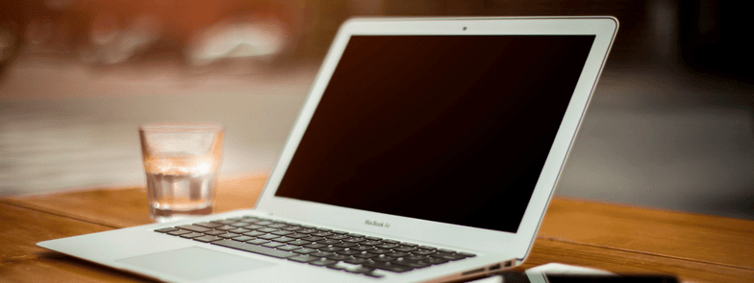
Security doesn’t always have to be difficult. Oftentimes, very simple steps can make a big difference when it comes to keeping your desktop and mobile devices secure. While it might seem obvious, locking your desktop or mobile device when it is not in use can greatly increase your overall security. The term “lock” generally refers to either logging out of your account, such as logging off a Windows or mobile device. It can also mean bringing up a password-protected screen saver.
When you get up from your desktop and walk away, even if it is only for a minute, malicious activity can take place. A visitor in your facility could send email on your behalf, install, modify and delete software and files, and possibly access confidential information. Even if your desk is in an area that you consider secure, you still could be at risk.
For example, from time to time third party vendors will have access to the facility. While you would like to assume you can trust the employees working for these vendors, the reality is that it is impossible to know if they have criminal intent. If you leave your desktop unattended and unlocked, it could take only a few seconds for a criminal to download and install malware onto your computer. By the time you returned, you would never know anything had changed.
When using mobile devices such as phones and tablets, it is extremely important to always lock your device when not in use. According to consumer reports, 1.4 million devices were lost and another 3.1 million devices were stolen in 2013. The statistics also indicate that the rate of loss and theft is expected to rise year-over-year. When these devices are left unlocked, personal and sometimes confidential information can be accessed by criminals.
Fortunately, locking your desktop and mobile devices is easy. When using Windows, you can either choose to log off of your account if you are completely finished, or simply locking your computer by selecting the Windows Flag & L is a more convenient option. This will not interrupt any existing work on your desktop. To lock your desktop on a Mac there are several ways. Check your version of the operating system to find the best way to do this. However a simple way is to simply set it to lock when the mouse is one of the corners or to use a key combination.
In addition, the screensaver on your desktop should be set up to automatically activate after three minutes of non-use and should be password enabled. It is important to remember that just because you have the screen saver set to automatically turn on, this should not replace manually locking the device when you walk away. Every second you leave a desktop unlocked and unattended you increase the chances for compromise.
Mobile devices offer many unique features when it comes to locking the device. Some offer the ability to detect when you set the phone down and automatically lock, while others are time based. You should set your device to lock automatically after non-use of no more than 60 seconds. In addition, you should ensure you have set up a unique password, PIN, or other login mechanism to prevent any unauthorized access to your device. When possible setup remote access to manage it, including the ability to remotely wipe (erase) everything from it if necessary.
Locking your desktop and mobile devices is simple practice and yet the security gained can be the difference between a secure environment and the exposure of confidential information.